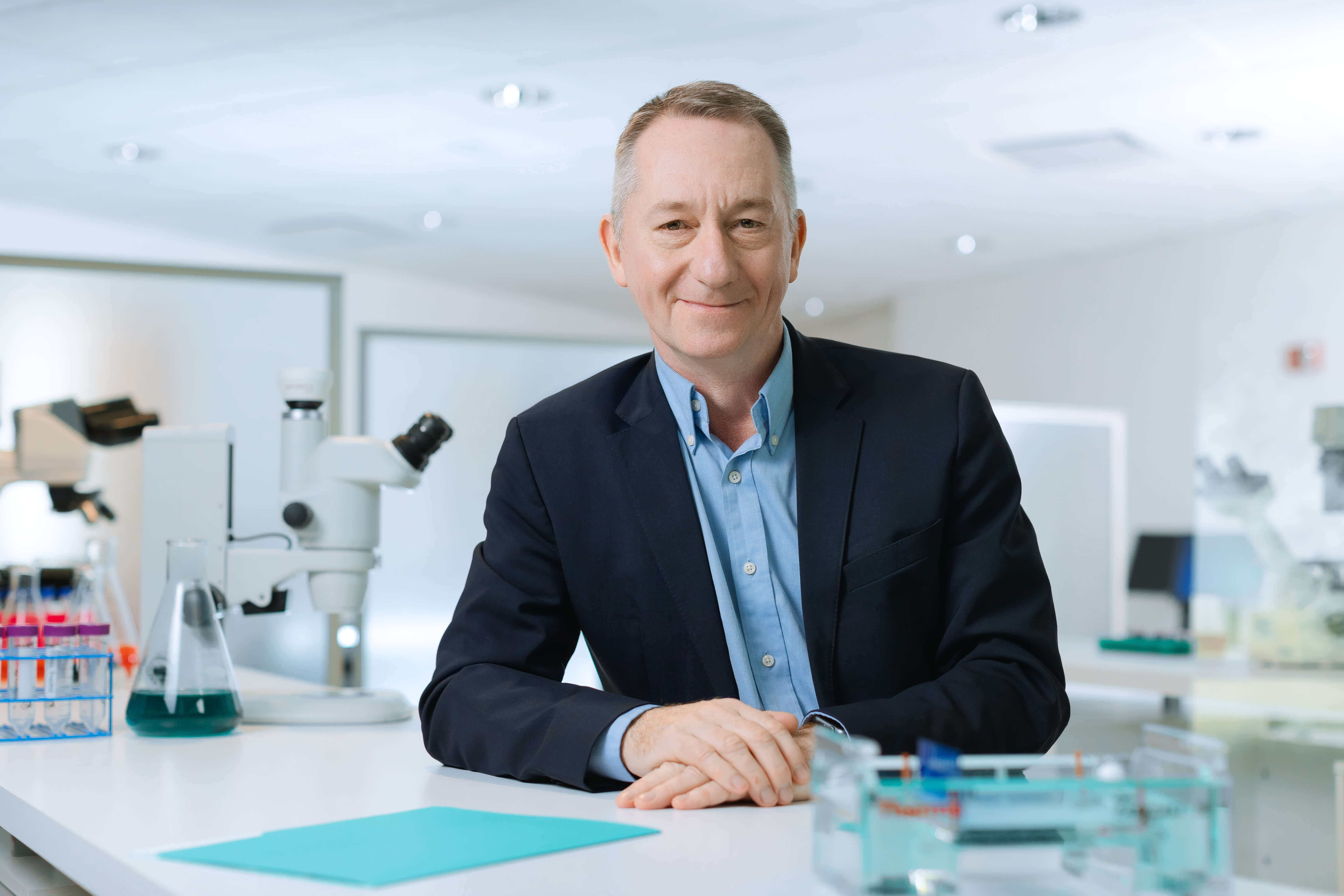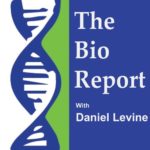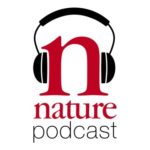LITHGOW LAB
Lab focus
During aging, many biological processes go out of balance. Changes are apparent at the level of the whole animal, tissues, cells, molecules, and metabolism. We believe that changes at the molecular level drive the changes at higher levels. Animals have extensive endogenous mechanisms that maintain balance (homeostasis) in young animals. These homeostatic mechanisms degrade with age. We believe that we can prevent this degradation and re-engage these maintenance systems in older animals, which will prevent disease and extend lifespan.
The Lithgow lab concentrates on identifying small drug-like molecules that re-engage and enhance homeostatic mechanisms in the microscopic nematode worm C. elegans. We aim to boost mechanisms that prevent protein misfolding and remove damaged proteins and other forms of molecular damage. Frequently, treatment with such molecules results in lifespan extension and postpones disease pathology. We now collaborate with other Buck researchers to test the effectiveness of these compounds to prevent chronic disease in mouse models.
Why it matters
Aging mechanisms are novel targets for both proliferative diseases such as cancer and degenerative diseases such as Alzheimer’s. The characterization of normal aging mechanisms is vital for the development of new therapeutic avenues for these devastating conditions. Aging mechanisms discovered in the worm model are very likely to be important in humans as well and may influence drug discovery. We also believe that demonstrating the effectiveness and mechanisms of non-drug interventions like nutrients and diet may provide information for people to make lifestyle choices to help them live better longer.
One theme continues to emerge from our work – that aging and disease stem from common mechanisms. Delaying disease by delaying the aging process is a real proposition.
Gordon Lithgow, PhD
CENTER DETAILS
A native of Scotland, Dr. Lithgow received his PhD from the University of Glasgow and obtained further training at Ciba Geigy AG in Basel, Switzerland, and at the University of Colorado. He established his lab studying the biology of aging at the University of Manchester, England, before moving it to the Buck Institute in 2000.
Dr. Lithgow has been recognized for his research with a Glenn Award for Research in Biological Mechanisms of Aging, a senior scholarship from the Ellison Medical Foundation, and the Tenovus Award for Biomedical Research. He has served on many national advisory panels in both the United Kingdom and the United States, including the National Institute on Aging’s Board of Scientific Councilors, and has served as the chair of biological sciences at the Gerontology Society of America.
Dr. Lithgow has partnered with a series of biotechnology companies in sponsored research agreements and has strong collaborations in preclinical aging research on diseases such as osteoporosis and Parkinson’s disease.
-
 Dipa Bhaumik, PhD Senior Staff Scientist, Lab Manager
Dipa Bhaumik, PhD Senior Staff Scientist, Lab ManagerDr. Bhaumik completed her PhD in biochemistry at the University of Calcutta, India. Prior to coming to the Buck Institute, she held fellowships at the University of North Carolina at Chapel Hill, Stanford University, Calcutta University, and the University of Pennsylvania. Dipa's primary job in the Lithgow lab is to manage the lab and assist in the research of other lab members. Her own research project involves testing the effects of different natural products on C. elegans’ lifespan and developing C. elegans models of age-associated neurodegenerative disease.
DBhaumik@buckinstitute.org
-
 Manish Chamoli, PhD Senior Research Scientist, Larry L. Hillblom Fellow
Manish Chamoli, PhD Senior Research Scientist, Larry L. Hillblom FellowManish obtained his integrated master’s degree in biotechnology and then pursued a PhD in aging biology at the National Institute of Immunology in India. His early work focused on dietary restriction and the molecular pathways involved in extending lifespan and healthspan. Currently, his research centers on understanding the role of cellular quality control mechanisms in aging and age-related neurodegeneration, specifically by discovering new therapeutic interventions targeting dysfunctional cellular quality control during aging. He has significantly contributed to the field, publishing over 30 peer-reviewed articles, including in top-tier journals Nature Aging, Science, Cell Metabolism, Nature Communications, and PNAS. Manish was supported by a three-year fellowship award from the Larry L. Hillblom Foundation.
MChamoli@buckinstitute.org
-
 Anna Foulger Research Associate
Anna Foulger Research AssociateAnna is an experienced Research Associate II in the Lithgow Lab working on several different projects. Anna joined the Buck in 2014 and is currently investigating compound interventions in C. elegans focusing on Alzheimer’s models, lifespan extension and mitochondrial health. She is also a member of the Caenorhabditis Intervention Testing Program (CITP), which is focused on testing robust compounds that extend the lifespan and healthspan in worms. Anna has worked previously with mammalian cell models and mouse husbandry using neurodegenerative models. Anna graduated Magna Cumme Laude from San Francisco State University with a Bachelors of Science in Zoology in 2018. In addition to her scientific work, Anna has years of experience in the animal care field and volunteers with animals whenever she can. More about Anna’s research can be found in recent publications in Science, eLife, Nature Aging and Geroscience!
AFoulger@buckinstitute.org
-
 David Hall Research Associate
David Hall Research AssociateAfter completing his degree in molecular, cell and developmental biology at the University of California, Santa Cruz, David came to the Buck in June 2014 out of an interest in gerontology, where he joined the Kapahi lab. There, for several years he worked on a combination of C. elegans-based assays, compound library screens and mass spectrometry experiments for several projects, including studies of advanced glycation end products (AGEs), connections between circadian clocks and dietary restriction, and the kidney disease cystinuria. At the same time there, he was also introduced to and involved in the CITP project in collaboration with Lithgow Lab, where he contributed to the setup and operation of the CITP's Automated Lifespan Machine (ALM) network, and also developed new methods and assay applications for it which became adapted for use project-wide. The CITP grew to become a greater and greater focus of David's work, to where he is now the project coordinator for Lithgow Lab's CITP effort. In this role, he works closely with collaborating labs and the Lithgow CITP members in the planning, setup, acquisition and analysis of data for the project, as well as troubleshooting and maintenance for the ALM network. In the CITP, the main objective is to discover robust, highly-reproducible healthspan and lifespan benefits derived from drug treatment regimens across three distinct Caenorhabditis species, which in turn are also composed of several strains of highly diverse genetic backgrounds.
DHall@buckinstitute.org
-
 Lewis Randall PhD Candidate, USC-Buck Biology of Aging Program
Lewis Randall PhD Candidate, USC-Buck Biology of Aging ProgramLewis Randall is a 2nd year PhD student in the USC/Buck Institute Biology of Aging program in the Lithgow lab. He received a BA in music and a BS in biology from UNC-Greensboro before working in a lung immunology lab at UNC-Chapel Hill where he studied the effects of tobacco and e-cigarette products on immune cells in the lung. He’s especially interested in the epigenetics of aging and potential ways to rejuvenate the epigenome. When not in lab, he spends his time baking bread, biking around beautiful Marin county or backpacking in the Sierras.
LRandall@buckinstitute.org
-
 Minna Schmidt PhD Candidate, USC-Buck Biology of Aging Program
Minna Schmidt PhD Candidate, USC-Buck Biology of Aging ProgramMinna graduated from Lowell High School in San Francisco as an AP honors student in chemistry and physics. After completing a year at City College of San Francisco, she attended Brandeis University, where she received a bachelor’s degree with honors in chemical biology in 2013. She completed a master’s degree in chemistry at the University of California, Santa Cruz, in 2015. Minna is currently pursuing characterization of novel small chemical compounds that act to prevent neuronal cell loss associated with Parkinson’s disease in particular inducers of hypoxia inducible factor 1 alpha (HIF1alpha), which previous publications from the Andersen lab have suggested serve a neuroprotective role in the disease.
MSchmidt@buckinstitute.org
-
 Mustafa Sheikh Research Associate
Mustafa Sheikh Research AssociateMSheikh@buckinstitute.org
CITP protocols for the first paper are published here: https://www.nature.com/protocolexchange/protocols/5341
Selected Publications
- Melov, S., Ravenscroft, J., Malik, S., Gill, M. S., Walker, D., Clayton, P., Wallace, D., Malfroy, B., Doctrow, S., Lithgow, G. J. (2000 Sep 1). Extension of lifespan with superoxide dismutase/catalase mimetics. Science, 289, 1567–9. PubMed PMID: 10968795.
- Jenkins, N. L., McColl, G., Walker, D. W., Harris, J., Lithgow, G. J. (2000 May 18). Evolution of C. elegans lifespan. Nature, 405, 296–7. DOI: 10.1038/35012693. PubMed PMID: 10830948.
- Olsen, A., Vantipalli, M. C., Lithgow, G. J. (2006 Jun 2). Checkpoint proteins regulate survival of the post-mitotic adult soma in Caenorhabditis elegans. Science, 312, 1381–85. DOI: 10.1126/science.1124981. PubMed PMID: 16741121.
- Alavez, S., Vantipalli, M. C., Zucker, D. J. S., Klang, I., Lithgow, G. J. (2011 Apr 14). Amyloid-binding compounds maintain protein homeostasis during ageing and extend lifespan. Nature, 472, 2326-9. DOI:1038/nature09873. PubMed PMID: 21451522.
- Lucanic, M., Held, J. M., Vantipalli, M. C., Klang, I. M., Graham, J. B., Gibson, B. W., Lithgow, G. J., Gill, M. S. (2011 May 12). N-acylethanolamine signaling mediates the effect of diet on lifespan in C. elegans. Nature, 473 226–9. DOI: 1038/nature10007. PubMed PMID: 21562563.
- Siddiqui, A., Bhaumik, D., Chinta, S. J., Rane, A., Rajagopalan, S., Lieu, C. A., Lithgow, G. J., Andersen, J. K. (2015 Sep 16). Mitochondrial quality control via the PGC1α-TFEB signaling pathway is compromised by parkin Q311X mutation but independently restored by rapamycin. J Neuroscience, 16, 12833–44. DOI: 10.1523/JNEUROSCI.0109-15.2015. PubMed PMID: 26377470.
- Mark, K. A., Dumas, K. J., Bhaumik, D., Schilling, B., Davis, S., Oron, T. R., Sorensen, D. J., Lucanic, M., Brem, R. B., Melov, S., Ramanathan, A., Gibson, B. W., Lithgow, G. J. (2016 Oct 25). Vitamin D promotes protein homeostasis and longevity via the stress response pathway genes skn-1, ire-1, and xbp-1. Cell Reports, 17, 1227–1237. DOI: 10.1016/j.celrep.2016.09.086. PubMed PMID: 27783938.
- Lucanic, M., et al. (2017 Feb 21). Impact of genetic background and experimental reproducibility on identifying chemical compounds with robust longevity effects. Nature Communications, 8, 14256.
Dr. Lithgow’s full publication list
IN THE NEWS

The longevity files: A strong grip? Push-ups? What actually can help you live to a ripe old age.



















